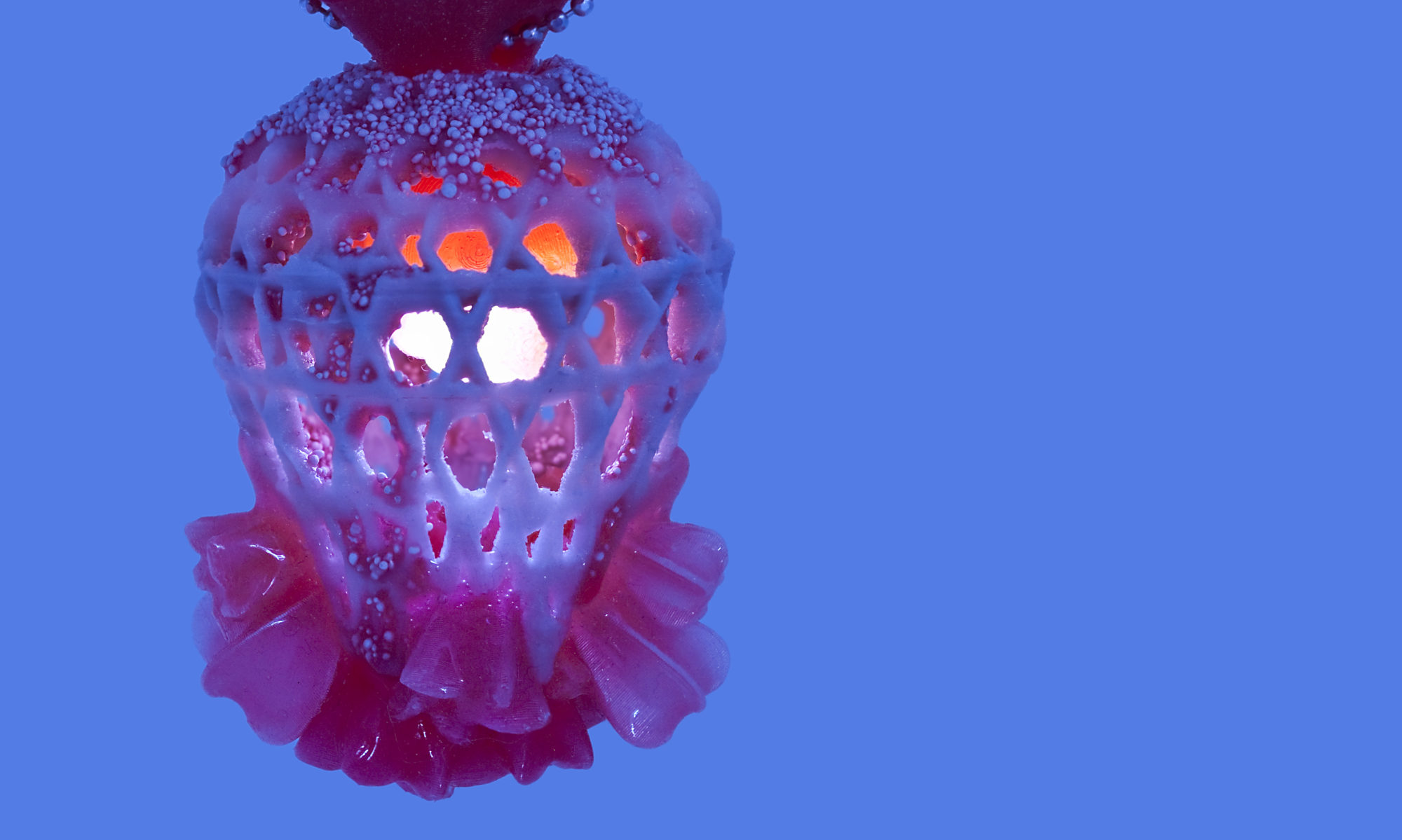When I got my Ultimaker, a little card fell out of the package, advertising a website for 3D printing enthusiasts called 3D Hubs. Here, individuals can list their 3D printers and take orders to print out parts for others in their city. The customer uploads their model through the website, and the hub in return for a reasonable fee prints the model within a specified time frame. I think this is a brilliant idea, especially as it can often take weeks to get something printed from one of the main printing bureaus. As a student or hobbyist, sometimes all you want is a quick prototype for visualising what your model would look like in real life, working to impossible seeming deadlines.
So, I decided to set up my own Hub – Geotronic Collective – and I am pleased to say so far my experience has been very positive. I have just finished my first two orders, and hopefully made two customers very happy. It has been an interesting experience for me too, printing two things that are so very different from my own work, each pushing the limits of what the UMO+ can achieve in terms of print quality and especially fine detail. Here is a print of a Fantasy Creature I did for digital artist Agneta Miskiv:

Initially I was worried about the very fine detail features of this print snapping off, especially the fingers and spikes on the back of the head. Because of the complexity of the model, I decided against using Cura to generate the support structures, and instead used open-source software Meshmixer, which is particularly good at creating custom supports. This is one thing that has been bothering me about Cura – not being able to edit support structures at the slicing stage, and instead having to rely on the software to get it right. In Meshmixer, there are a lot of adjustable parameters as well as custom profiles, then the software suggests a network of supports that can also be amended by the user as they see fit. A perfect combination between automation and control. There is a great tutorial on how to use Meshmixer on blog Extrudable Me, as unfortunately the documentation it comes with is not particularly helpful. I have found that sometimes the support suggested by the program can be a bit overkill, but the structures snap off very easily, often in one piece, which is a big advantage for delicate prints in particular. Hopefully more orders will come my way soon so I can continue my adventures in 3D printerland!

You must log in to post a comment.